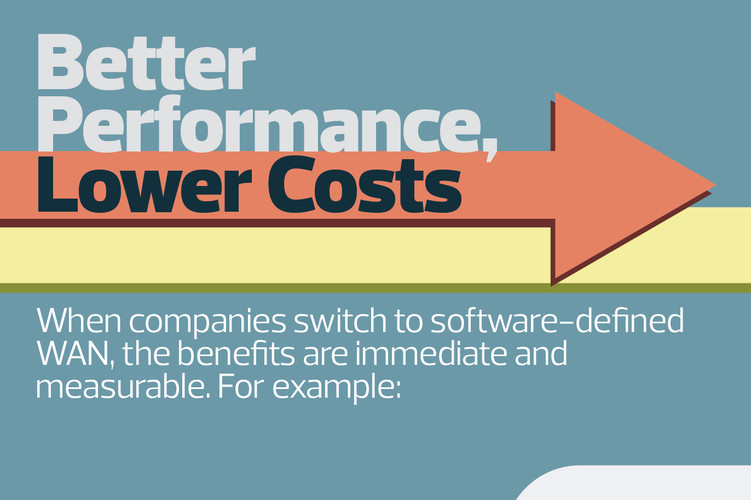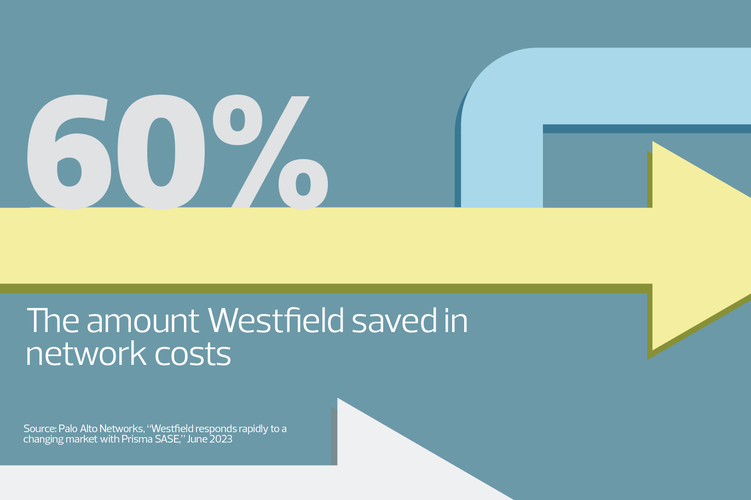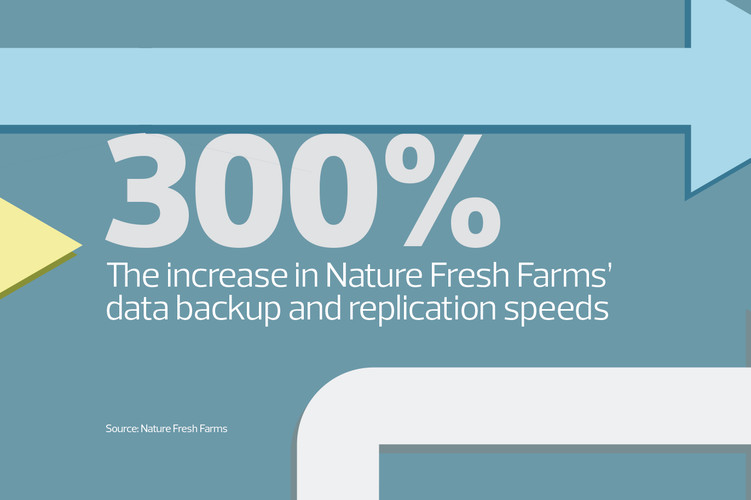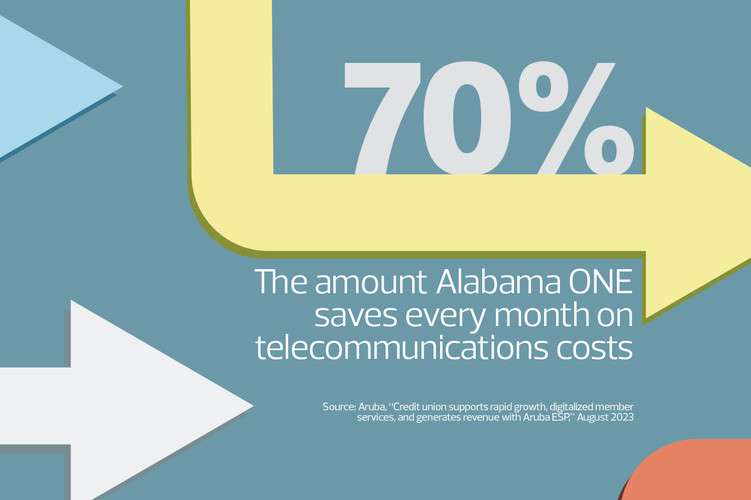That’s the kind of flexibility that many businesses are looking for with SD-WAN, which improves application performance and is more reliable and cost-effective than legacy technology.
“There is an opportunity to save money with SD-WAN, but it’s more about agility and the new applications and innovation that it enables,” says Bob Laliberte, principal analyst at Enterprise Strategy Group.
SD-WANs, which are virtualized, are also easier to deploy and manage than traditional WANs, Laliberte says. Through cloud-based management, companies can centrally monitor and manage their networks, including increasing or decreasing bandwidth on demand and prioritizing applications when needed.
Cloud adoption is driving investment in SD-WAN, he says. The technology allows companies to connect their sites and enable office and remote workers to securely access apps and data from on-premises data centers, public clouds and SaaS vendors.

















